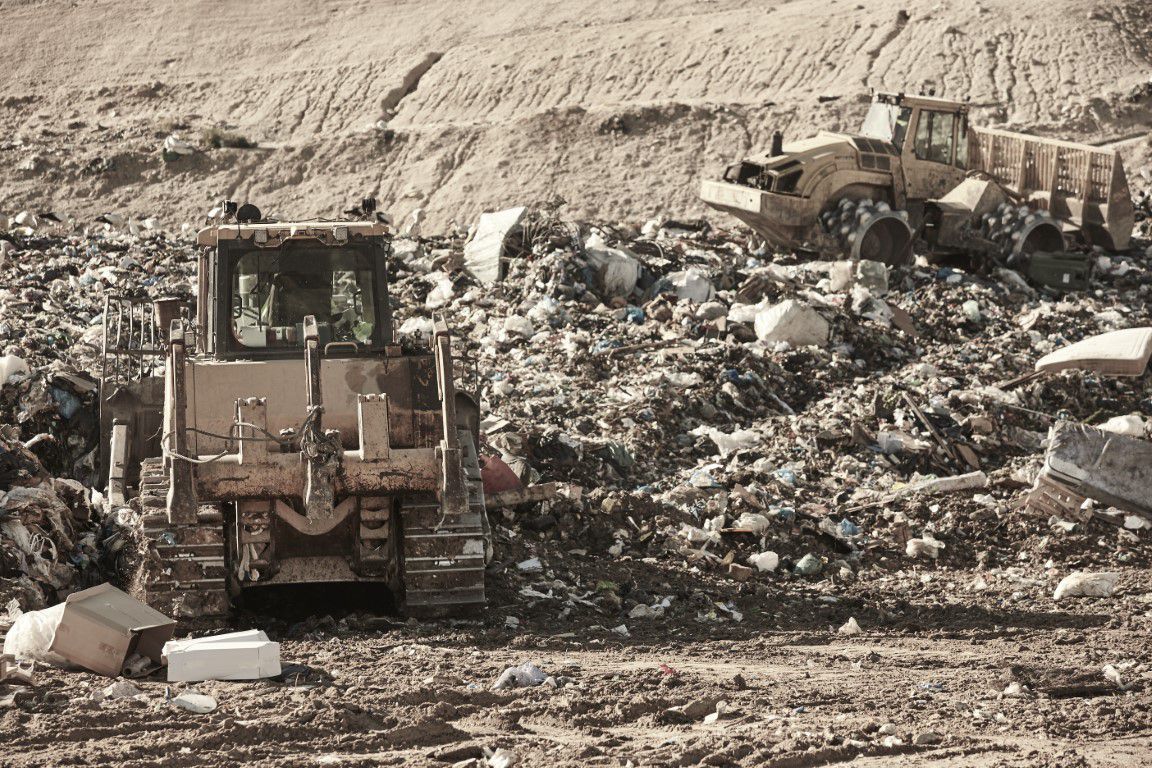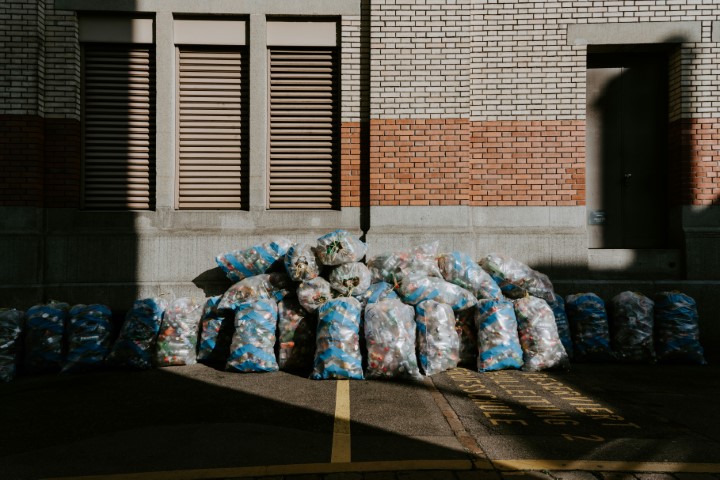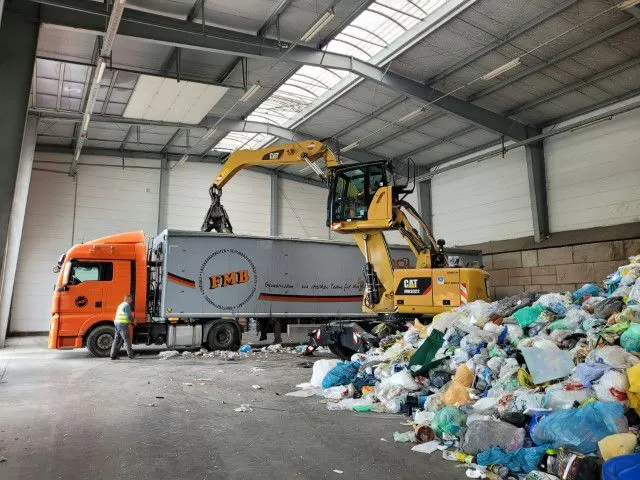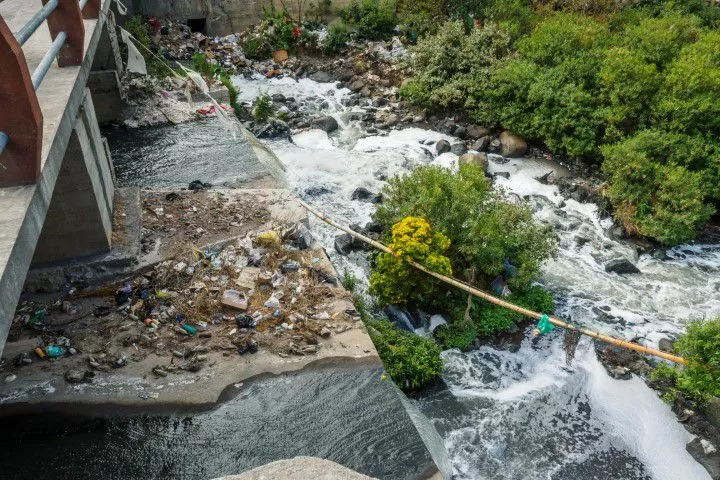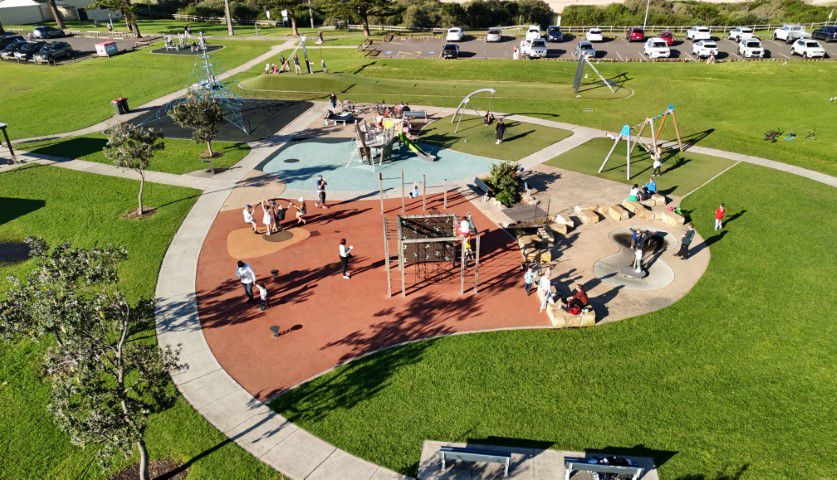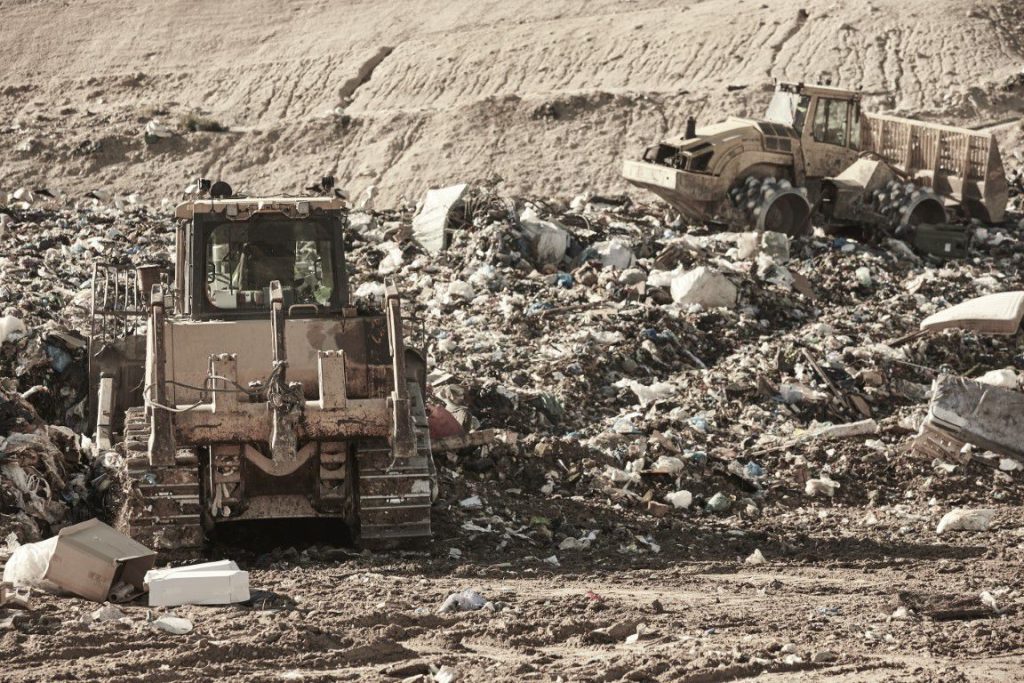
Australia is a vast country, and with a population exceeding 25 million, managing waste efficiently is a significant challenge. Every day, households and businesses generate waste, which is then collected and taken to various waste management facilities across the country. But have you ever wondered what happens to your trash after it’s collected? This blog post takes a behind-the-scenes look at the journey of waste in Australia, focusing on landfills—the final destination for much of the rubbish we produce.
The Lifecycle of Trash in Australia
When your rubbish is collected from the curb, it is transported to a waste management facility where it is sorted and processed. Recyclables are separated out and sent to recycling centres, organic waste may be composted, and the rest—often a significant amount—ends up in landfills. In Australia, landfills are the most common method of waste disposal, especially in regional and rural areas.
What Are Landfills?
Landfills are designated sites where waste is buried. While this may sound straightforward, modern landfills are complex facilities designed to minimize their environmental impact.
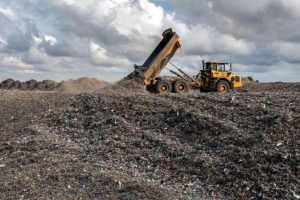
They are engineered with layers of protection to prevent pollutants from leaching into the soil and groundwater. Additionally, landfills are monitored for methane gas emissions, a byproduct of waste decomposition, which can be captured and used to generate energy.
The Scale of Australia’s Landfill Use
Australia’s reliance on landfills is substantial. According to the Australian Bureau of Statistics, in 2018-19, Australians generated 74 million tonnes of waste, with over 27 million tonnes (37%) sent to landfills. The remainder was either recycled or sent for energy recovery. This statistic highlights the significant role landfills play in managing Australia’s waste.
The Environmental Impact of Landfills
Despite advancements in landfill technology, the environmental impact of these sites is a concern. Landfills produce greenhouse gases, particularly methane, which is a potent contributor to climate change. Although many landfills in Australia have systems in place to capture and utilize methane, not all of it is captured, leading to emissions that contribute to global warming.
Moreover, landfills occupy vast amounts of land and can lead to habitat destruction and biodiversity loss. The contamination risk to soil and water, if not managed correctly, poses long-term environmental threats.
Australia’s Largest Landfills
Australia is home to some massive landfill sites, some of which rank among the largest in the world. For example, the Sydney Olympic Park Landfill, which was used extensively during the construction of the 2000 Sydney Olympics, covers a large area and has since been rehabilitated into parklands. Another significant landfill is the Western Sydney Waste Management Centre, which receives waste from the Sydney metropolitan area. See all the landfills in Sydney here.
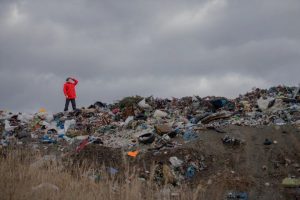
Victoria’s largest landfill, the Melbourne Regional Landfill, serves the city of Melbourne and its surrounding regions. This site is crucial for managing the waste of Victoria’s growing population, which is expected to exceed 6.5 million by 2030. View all the tips in Melbourne here.
Innovations in Australian Landfills
Australia is increasingly adopting innovative practices to reduce the environmental impact of landfills. One such innovation is the use of bioreactor landfills, where the decomposition process is accelerated to enhance the capture of methane gas. These landfills use a combination of moisture control and waste compaction techniques to speed up the breakdown of organic waste, leading to faster gas production that can be harnessed for energy.
Another promising development is the push towards zero waste to landfill initiatives. Several Australian cities, including Adelaide and Canberra, have set ambitious targets to significantly reduce the amount of waste sent to landfills. These initiatives focus on improving recycling rates, promoting composting, and encouraging the use of alternative waste treatment technologies.
The Future of Waste Management in Australia
The future of waste management in Australia is likely to see a continued shift away from traditional landfill use. With increasing awareness of environmental issues and the impact of climate change, there is growing pressure on governments and industries to adopt more sustainable waste management practices.
Investment in recycling infrastructure, waste-to-energy projects, and education campaigns to reduce waste generation at the source are all part of Australia’s broader strategy to minimize landfill use. Additionally, the introduction of the National Waste Policy Action Plan, which aims to reduce waste and increase recycling rates, reflects the country’s commitment to improving its waste management systems.
Conclusion
While landfills will continue to play a role in waste management for the foreseeable future, the focus in Australia is gradually shifting towards more sustainable practices. By reducing waste, increasing recycling, and investing in innovative technologies, Australia is working to mitigate the environmental impacts of landfills. Understanding where your trash goes and the challenges involved in waste management is the first step in making more informed choices about the waste we produce.
Citations:
- Australian Bureau of Statistics. (2020). Waste Account, Australia, Experimental Estimates, 2018-19. Retrieved from ABS Website
- Sydney Olympic Park Authority. (n.d.). Land Rehabilitation. Retrieved from Sydney Olympic Park
- Environmental Protection Authority Victoria. (2021). Melbourne Regional Landfill. Retrieved from EPA Victoria
- City of Adelaide. (n.d.). Zero Waste Strategy. Retrieved from City of Adelaide
- Australian Government Department of Agriculture, Water and the Environment. (2019). National Waste Policy Action Plan 2019. Retrieved from Department of Environment

Matt Flare was born and raised in the Northern Sydney beachside suburbs and is fascinated by how our society handle the millions upon millions of tonnes of waste we produce every day.
How to Reduce Your Household Waste: Tips Before You Head to the Tip
Picture this: it’s the year 2050, and Australia has officially…
The Future of Waste Management in Australia: Are We Ready for Zero Waste?
Picture this: it’s the year 2050, and Australia has officially…
Australia’s Most Innovative Landfill Projects
When you think of a rubbish tip, what comes to…
Illegal Dumping: How It’s Affecting Our Aussie Communities
Imagine you’re out for a morning jog, enjoying the fresh…
How Some Aussie Landfills Are Being Transformed Into Community Parks
Landfills aren’t exactly known for their beauty. They’re where we…
$100 Million Worth Of Art Dumped At A Tip
Imagine this: a hidden fortune worth $100 million, buried beneath…

